Sculpted Arms Without the Iron: Your Ultimate Guide to Weight-Free Strength
Let’s cut to the chase: you absolutely can build strong, defined arms without ever touching a dumbbell, barbell, or fancy gym machine. The idea that you need weights for serious arm development is one of the most persistent fitness myths out there. Think about gymnasts – their chiseled biceps and triceps are sculpted almost entirely through mastering their own body weight. Your body is the most versatile piece of equipment you own, and learning to leverage it effectively unlocks incredible potential for arm growth and strength.
Why Ditch the Weights (At Least Sometimes)?
Beyond accessibility (anywhere, anytime!), bodyweight training offers unique benefits:
Functional Strength: Movements mimic real-world pushing, pulling, and stabilizing actions.
Joint Health: Often involves more natural ranges of motion and less sheer load than heavy weights.
Muscle Control & Mind-Muscle Connection: Requires greater focus on form and tension throughout the entire movement.
Cost & Convenience: Zero equipment investment, perfect for travel, home workouts, or busy schedules.
The Science of Building Muscle Without Weights
Muscles grow (hypertrophy) primarily in response to progressive overload – consistently making the work harder over time. With weights, you just grab a heavier dumbbell. Without weights, you achieve this through:
Increasing Leverage: Changing your body position to make exercises harder (e.g., elevating feet for push-ups).
Adding Reps/Sets: Gradually doing more work volume.
Slowing Down Tempo: Taking 3-4 seconds on the lowering (eccentric) phase massively increases muscle tension.
Reducing Rest Time: Increasing metabolic stress.
Advanced Variations: Progressing to more complex movements (e.g., standard push-up -> archer push-up -> one-arm push-up).
Increasing Density: Doing more work in the same time frame.
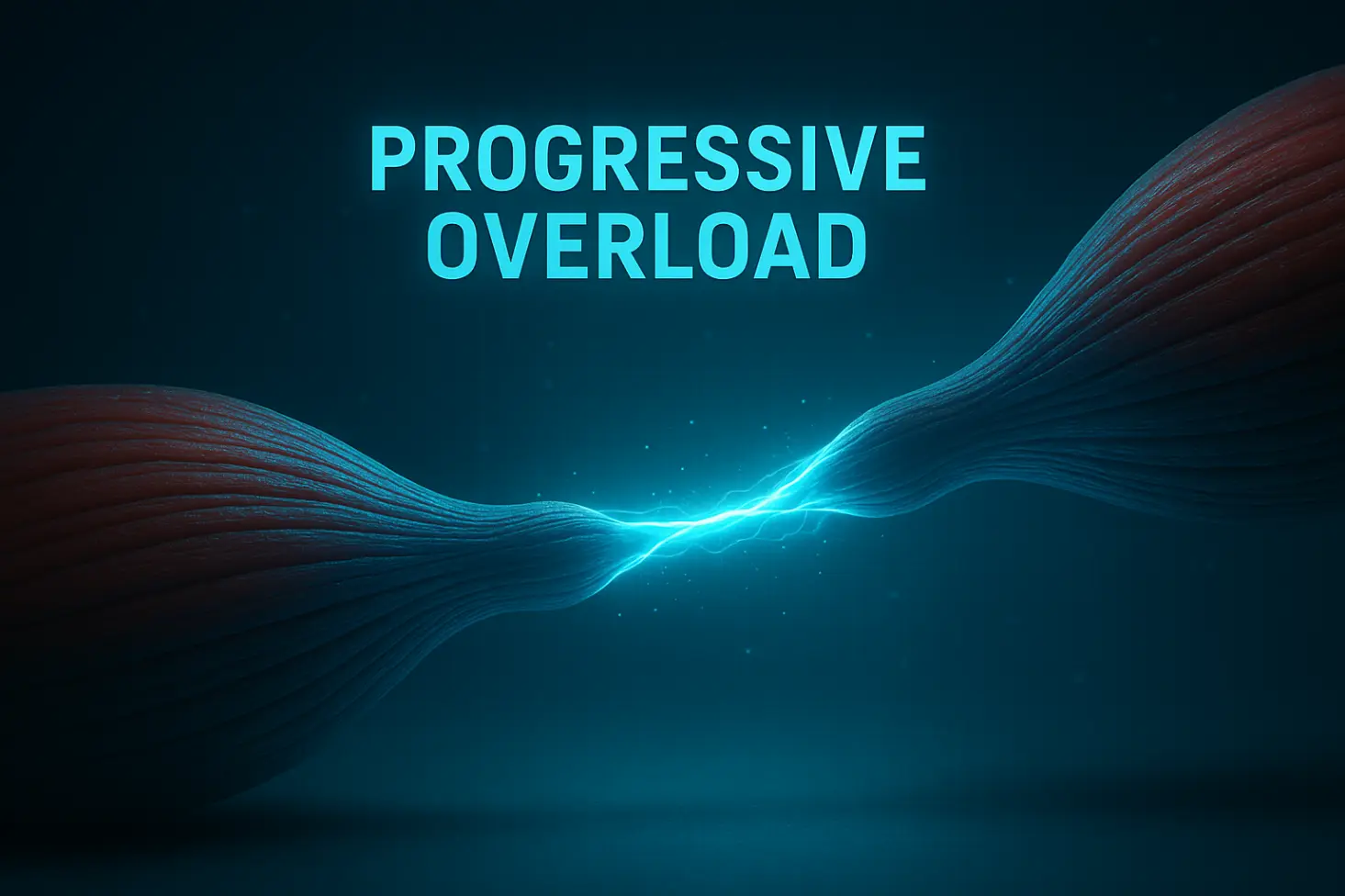
A 2017 study published in the Journal of Strength and Conditioning Research found that bodyweight training elicited similar muscle activation and hormonal responses (key drivers for growth) to traditional resistance training when performed with sufficient intensity and volume. The key is pushing your muscles close to fatigue within the target rep range.
Targeting Your Arm Anatomy: The Bodyweight Blueprint
Your arms aren't just "biceps." Let's break down the key players and how to hit them hard without weights:
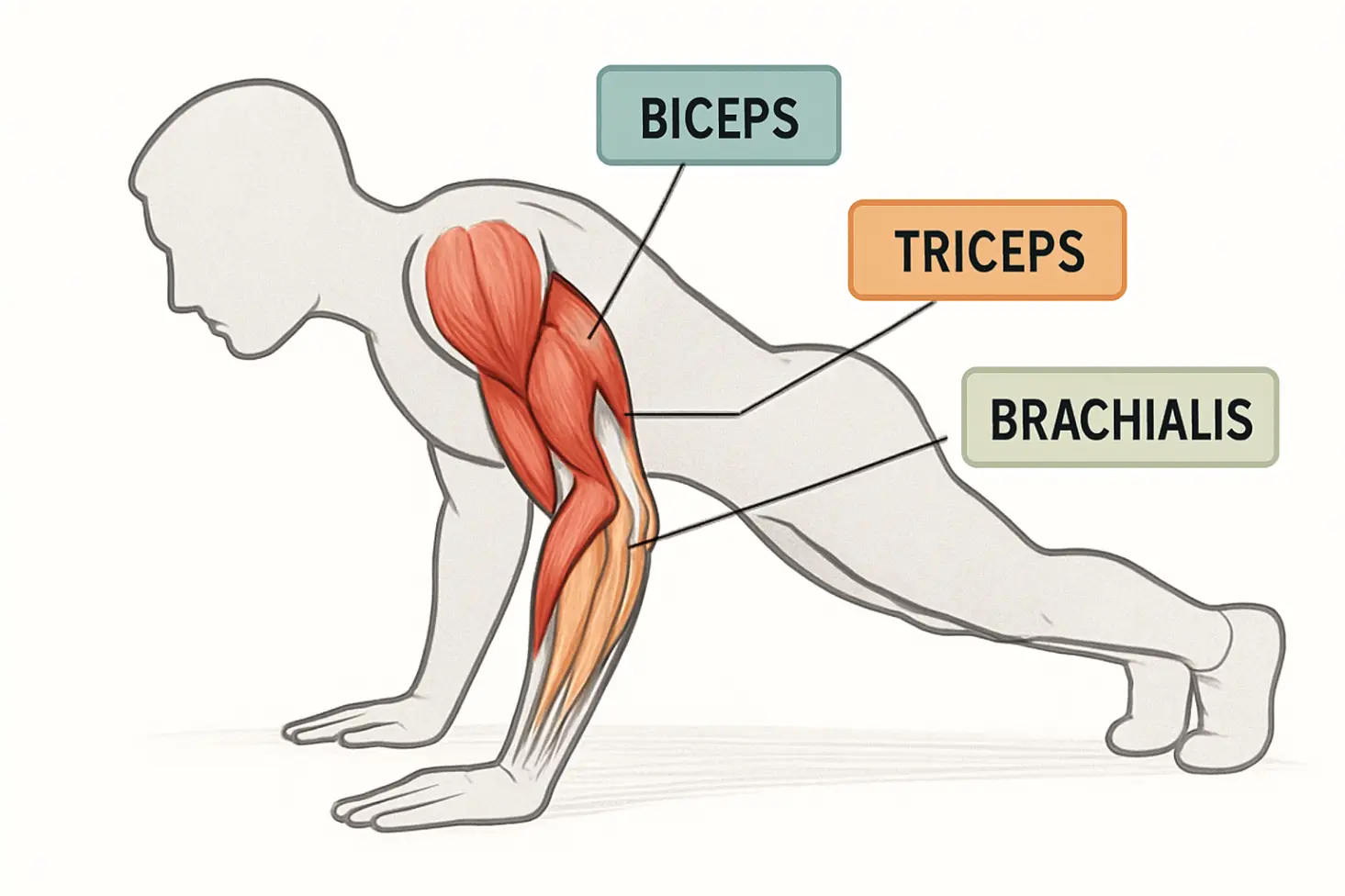
The Triceps Brachii (The "Horseshoe" - Back of Arm): Responsible for ~2/3 of your upper arm mass! Crucial for pushing and arm extension.
Bodyweight Stars:
Push-Ups (Any Variation): The king of bodyweight pushing. The closer your hands are (diamond push-ups), the more triceps emphasis. Elevating feet increases difficulty.
Dips: Foundational triceps builder. Use parallel bars, sturdy chairs, or even the edge of a couch or bathtub (ensure safety!). Keep elbows tucked slightly, lower until shoulders are around elbow height. Tip: If full dips are too hard, start with bench dips (feet on floor, hands on bench behind you).
Bodyweight Triceps Extensions (Skull Crushers): Lie on your back, knees bent. Hold a sturdy object (like a filled backpack or water jug if needed, but pure bodyweight is possible). Extend arms straight up, then slowly bend elbows to lower the "weight" towards your forehead, keeping upper arms vertical. Press back up. Focus: Pure triceps isolation.
Plank to Push-Up: Start in a forearm plank. Push up onto one hand, then the other, into a high plank. Reverse back down. Engages triceps dynamically.
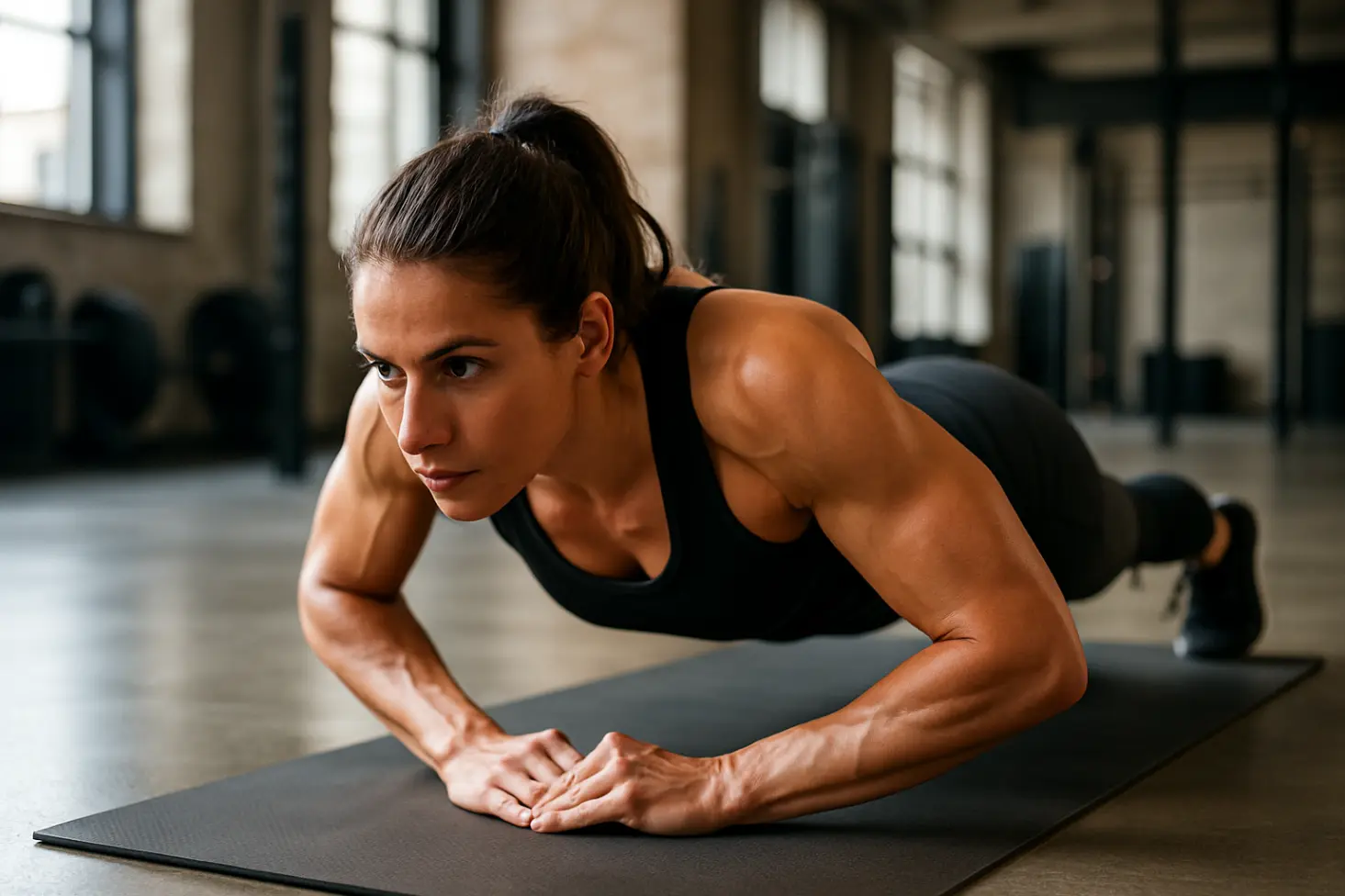
The Biceps Brachii (The "Peak" - Front of Arm): Responsible for elbow flexion (curling) and forearm supination (turning palm up). Smaller than triceps but highly visible.
Bodyweight Stars:
Pull-Ups/Chin-Ups: The ultimate bodyweight biceps (and back) exercise. Chin-ups (palms facing you) recruit biceps significantly more than pull-ups (palms away). No bar? Look for sturdy tree branches, playground equipment, or doorframe pull-up bars.
Bodyweight Rows (Inverted Rows): Find a sturdy horizontal bar (playground, Smith machine, under a sturdy table). Lie underneath, grab the bar, walk feet out so body is angled. Pull chest towards bar, squeezing shoulder blades and bending elbows. Lower slowly. Tip: The more horizontal you are (feet elevated), the harder it is.
Isometric Holds: Find a pull-up bar. Jump or step up so your chin is over the bar with elbows bent at 90 degrees. Hold for as long as possible, squeezing biceps hard. Brutal!
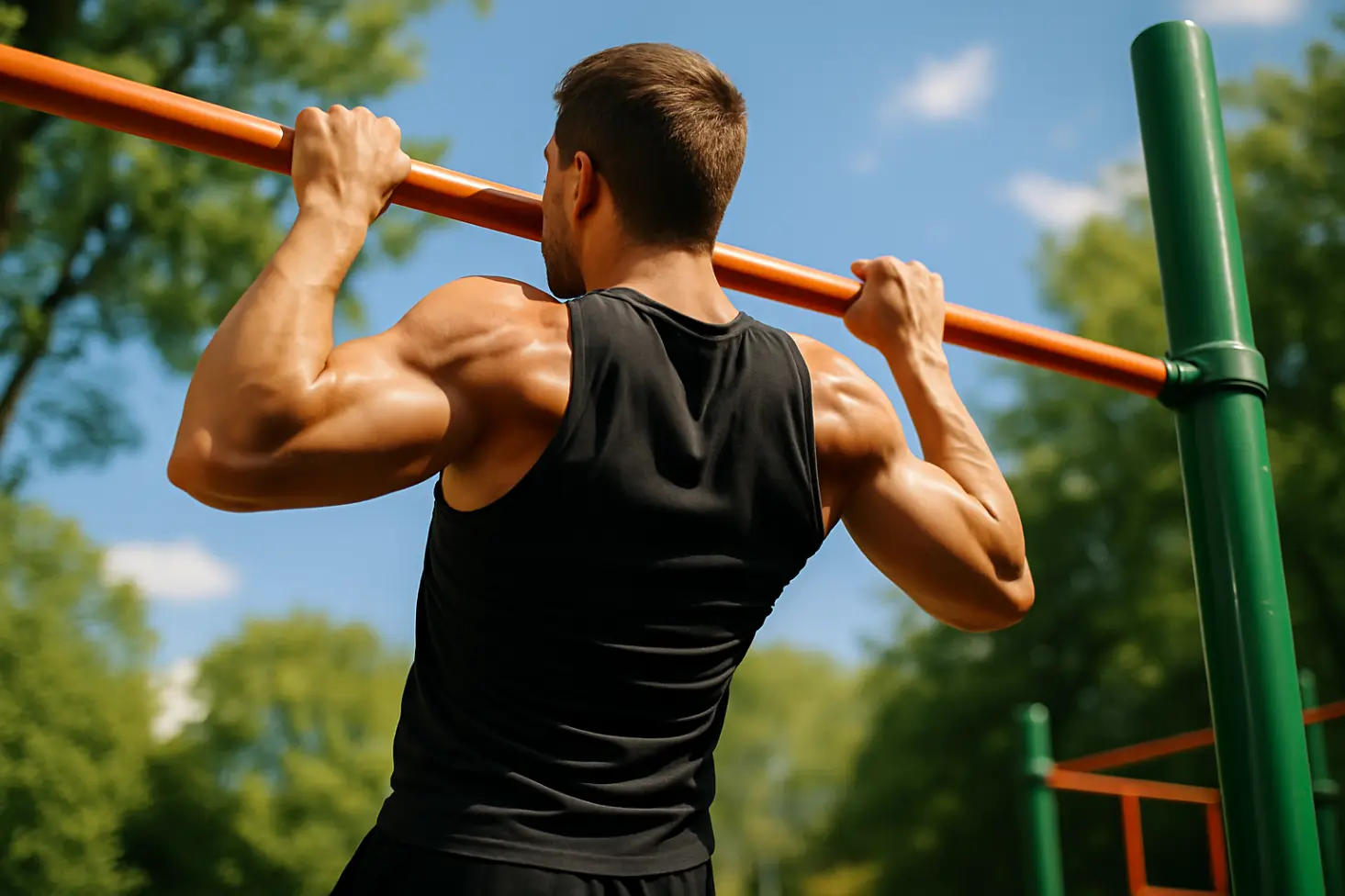
2. The Brachialis & Brachioradialis (Underneath/Outside Biceps): These muscles add thickness and width to your upper arm and contribute to elbow flexion.
Bodyweight Stars: Primarily hit through the same pulling movements as biceps (Pull-Ups, Chin-Ups, Rows), especially when using a neutral grip (palms facing each other) if possible. Also engaged in various push-up and plank variations as stabilizers.
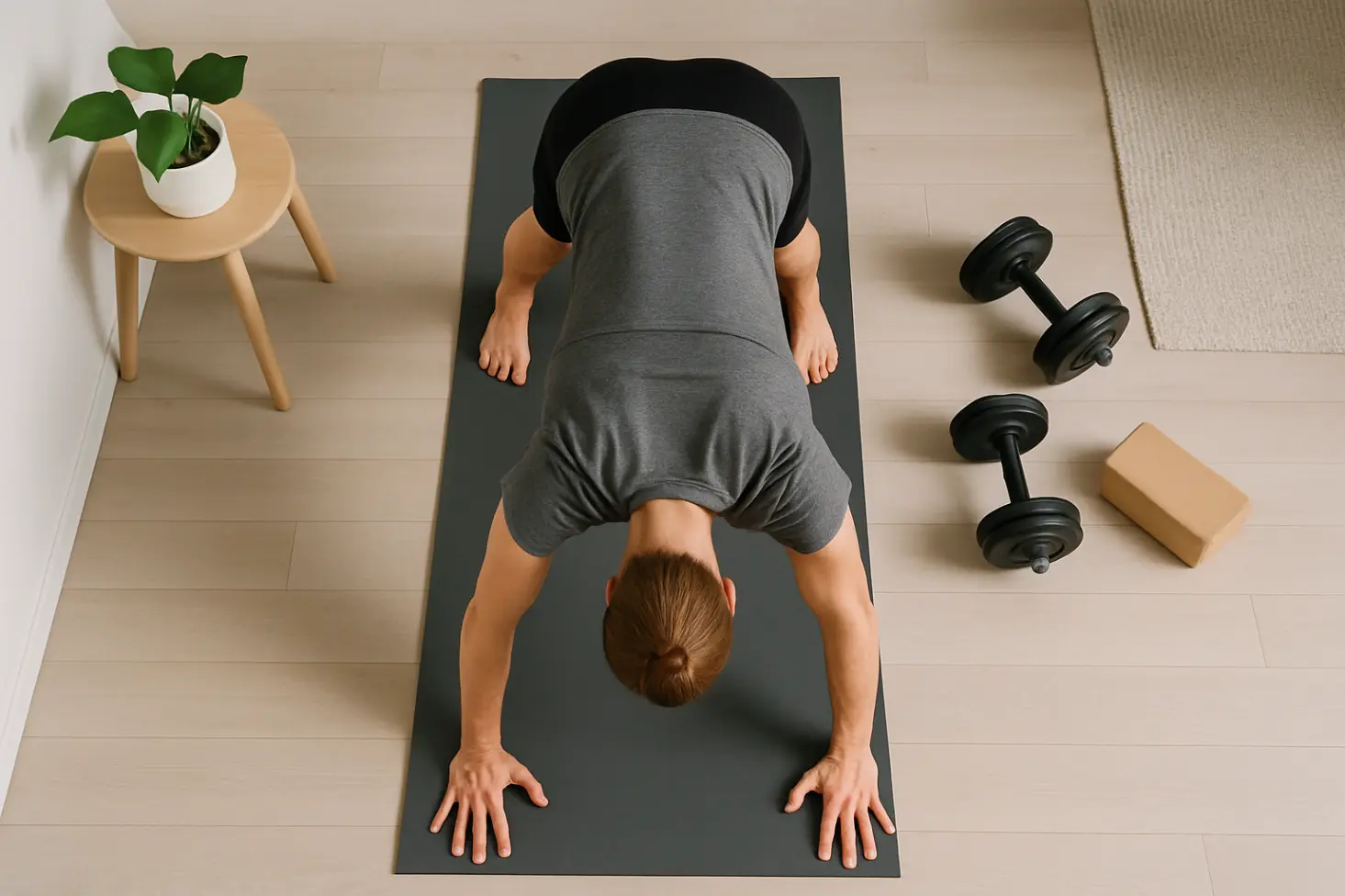
The Deltoids (Shoulders - Front, Side, Rear): While not strictly "arm," well-developed shoulders create the powerful frame that makes arms look even more impressive. Crucial for overall upper body strength.
Bodyweight Stars:
Pike Push-Ups: Get into a downward dog position (hips high, body forming an inverted V). Bend elbows, lowering the top of your head towards the floor, then press back up. A direct path to handstand push-ups and fantastic for front and side delts.
Push-Up Variations: Standard push-ups hit front delts hard. Wide grip emphasizes chest more but still hits front delts.
Bodyweight Lateral Raises: Stand tall. Lean slightly forward from the hips, keeping back straight. Raise arms straight out to the sides (palms down) until parallel to the floor, focusing on using your side delts. Lower slowly. Use water bottles for slight resistance if needed, but pure bodyweight focuses on control.
Plank Variations: Standard planks, side planks, and especially dynamic planks (like shoulder taps in plank position) engage all shoulder heads for stability.
Crafting Your Weight-Free Arm Arsenal: Sample Workouts
Option 1: Arm Focus Blast (2-3 times per week, non-consecutive days)
Warm-up: 5-10 min (arm circles, cat-cow, light cardio)
Close-Grip Push-Ups: 3 sets of 8-15 reps (go close to failure)
Bodyweight Rows: 3 sets of 8-12 reps
Pike Push-Ups: 3 sets of 6-12 reps
Chin-Ups (or Assisted/Negatives): 3 sets of max reps (or 5-8 slow negatives if can't do full reps)
Plank to Push-Up: 3 sets of 5-8 reps per side (slow and controlled)
Cool-down: Stretch triceps, biceps, shoulders, chest.
Option 2: Full Body Integration (2-4 times per week)
Integrate arm-focused exercises into a well-rounded session:
Push-Ups (Variation)
Squats (Bodyweight or Jumping)
Bodyweight Rows
Lunges (Variation)
Pike Push-Ups or Dips
Plank (1 min hold)
Chin-Ups or Pull-Ups
Pro Tips from the Bodyweight Trenches:
Form is King (and Queen): Sacrificing form for reps is a fast track to injury and ineffective training. Prioritize full range of motion and controlled movements, especially the lowering phase. Feel the muscle working.
Embrace the Eccentric: The lowering phase (e.g., lowering down in a push-up, lowering from a pull-up bar) is incredibly potent for muscle damage and growth. Take 3-4 seconds on the way down.
Progression is Non-Negotiable: If 3 sets of 15 standard push-ups are easy, you stop growing. Time to elevate your feet, try archer push-ups, or slow the tempo dramatically. Always seek ways to make the next workout harder than the last.
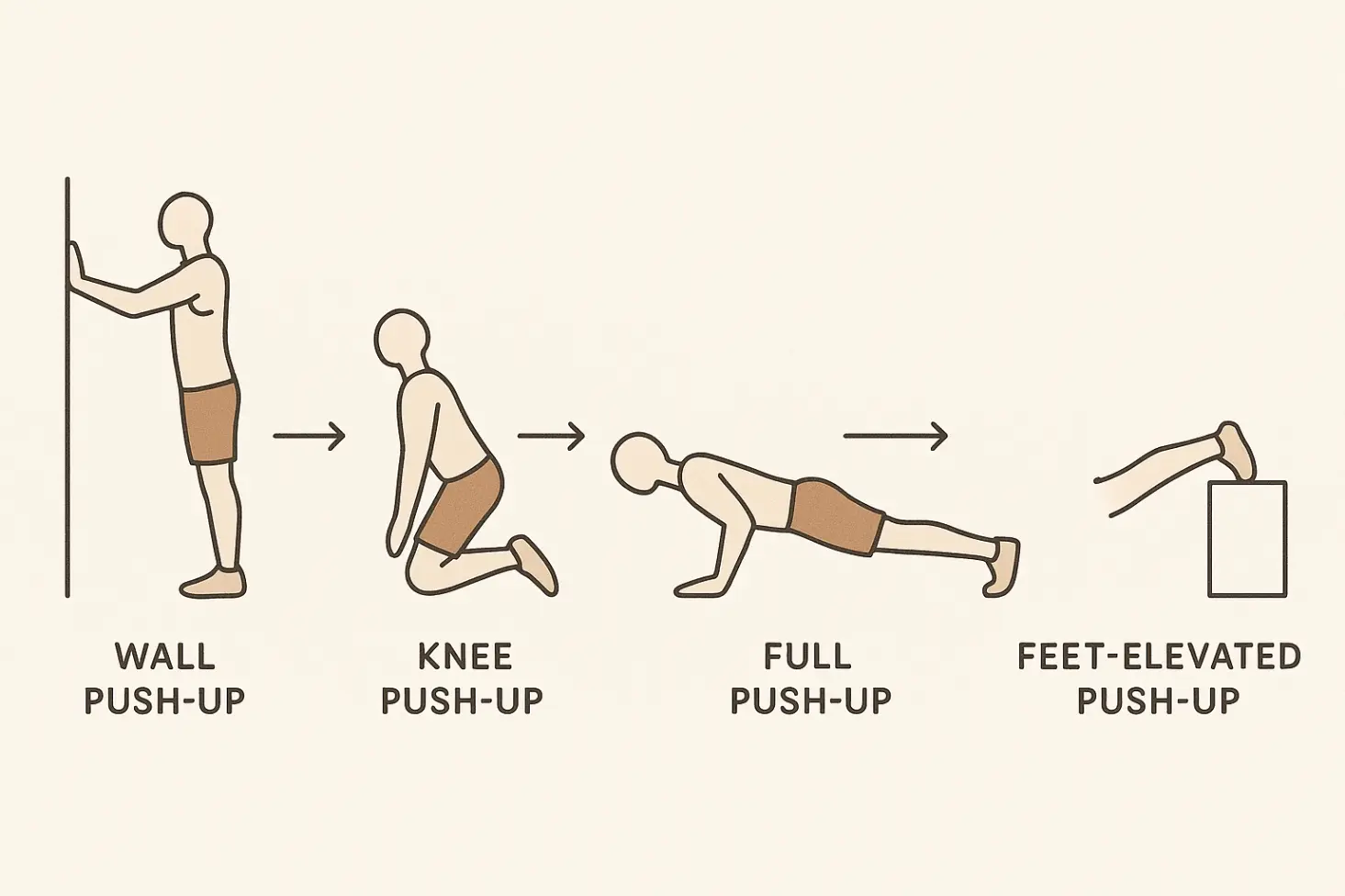
4. Consistency Trumps Intensity (Long-Term): Showing up regularly, even with moderate workouts, beats sporadic heroic efforts. Aim for 2-4 dedicated upper body/arm sessions per week.
5. Listen to Your Joints: Bodyweight training is generally joint-friendly, but pushing through sharp pain is unwise. Modify exercises or rest.
6. Nutrition & Recovery Still Rule: Muscles grow when you rest and refuel. Ensure adequate protein intake and prioritize sleep. You can't out-train a poor diet or chronic exhaustion. A 2020 review in Nutrients reiterated that protein timing and total daily intake remain critical for hypertrophy, regardless of training modality.
7. Patience and Mindset: Building muscle naturally takes time and consistent effort. Celebrate small wins – holding a dip for an extra second, getting that first clean chin-up. Focus on the process.
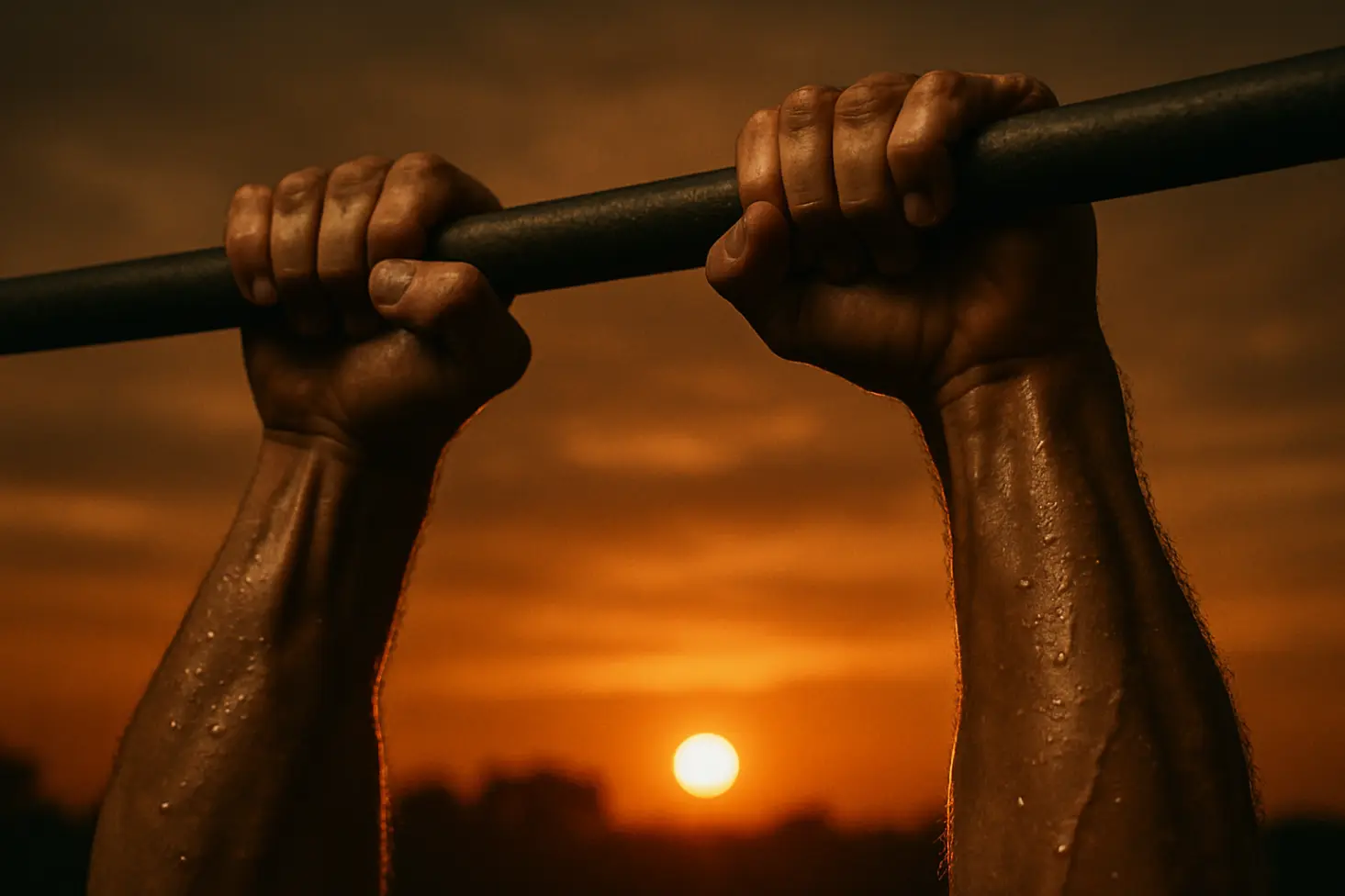
The Takeaway: Strength is Yours to Build
Forget the notion that impressive arms require a gym membership or a basement full of iron. Armed with knowledge of anatomy, the principles of progressive overload, and a repertoire of challenging bodyweight exercises, you possess everything needed to forge powerful, defined arms. It demands creativity, discipline, and a relentless focus on pushing your limits within the movements you can do.
Start where you are. Master the basics. Progress relentlessly. The journey to stronger arms isn't about the tools you lack; it's about maximizing the incredible potential of the body you already have. Your weight-free arm transformation begins with your very next rep. Now get down and give me... well, give yourself some push-ups!